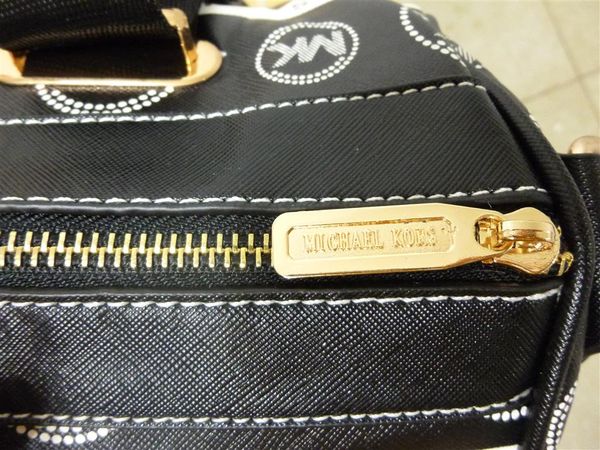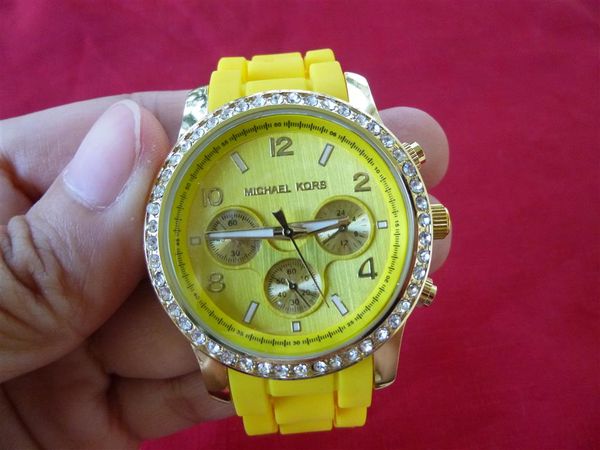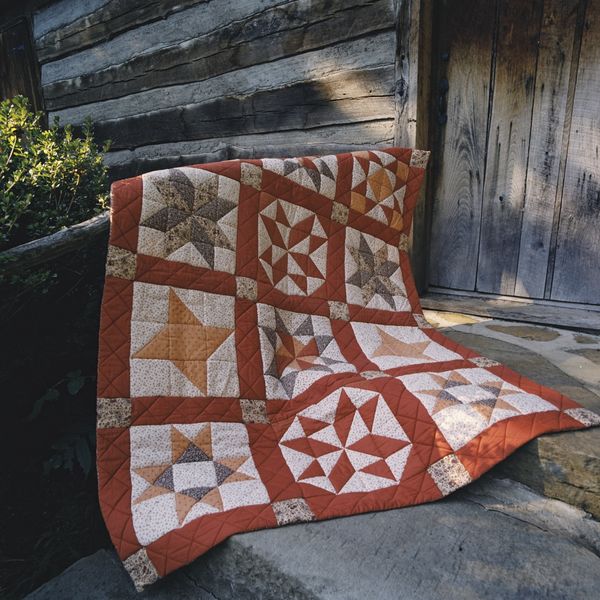what camera do you recomend
Nov 6, 2014 12:45:47 #
digit-up wrote:
This guy seems to "ALWAYS-HIT-THE-MARK" with right-on advice, Very good points for this lady. KUDOS!! RJM
Except that it's total overkill for shooting a flat quilt that isn't moving, zoom isn't required, the same MP count is available for a much lower price, and it serves no purpose to spend that much.
Nov 6, 2014 23:45:36 #
marcomarks wrote:
Except that it's total overkill for shooting a flat quilt that isn't moving, zoom isn't required, the same MP count is available for a much lower price, and it serves no purpose to spend that much.
Effectively advertising a handcrafted item such as a quilt involves more than an overall view of the quilt. If I am going to buy a handmade quilt, I want to examine the stitching of the panels, get an idea of the thickness of the batting and the quality of the quilting knots. Thus, not only will a zoom be effective, but close-up accessories will be required.
Nov 7, 2014 13:28:56 #
Thanks, yes I do need to have more than just a photo on a bed. I have to have 10 different photos from full quilt to close up. check -out site at www Amish- Country-Quilts it gives you an idea at what my requirements are.
Nov 7, 2014 15:30:09 #
Mogul wrote:
Effectively advertising a handcrafted item such as a quilt involves more than an overall view of the quilt. If I am going to buy a handmade quilt, I want to examine the stitching of the panels, get an idea of the thickness of the batting and the quality of the quilting knots. Thus, not only will a zoom be effective, but close-up accessories will be required.
You have a dismal view of Point & Shoot cameras. The ones I have had, and still have, can clearly shoot the numbers and hands of a wrist watch face which is certainly close enough for quilt stitching (I have handmade quilts from my deceased grandmother which were not done with a machine so I understand the concept of what you're shooting). A P&S 4X or 5X zoom is plenty to zoom in on a car license plate from the other side of a grocery store parking lot so a P&S lens is more than enough to include a whole quilt with ease because you aren't going to be shooting it from a distance anyway.
Add today's 16MP to 20MP availability, adjustable ISO, excellent auto exposure and focus, and Panasonic's use of Leica glass and you have an inexpensive winner for doing anything from quilts and clothing down to watches and coins. It's the chosen lighting and proper mounting of the item in parallel to the lens that is most important.
The attached photos are two of many done handheld by my wife on our kitchen table using illumination from the overhead 5-bulb chandelier in which I put daylight 60-watt equivalent CFL bulbs for color correctness and outdoors in our front lanai using sunlight - no flash. These are done with a $125 Panasonic P&S on full auto everything. While the photographic composition isn't anything to rave about, I'm showing what level of detail you can get concerning the material, stitching, etc. with minimal investment. No close-up attachments, no major zoom lenses, not even a light system. It would seem that pores of the skin should be enough detail for most applications. These are JPGs straight out of the camera with no editing, by the way.


Nov 8, 2014 01:59:20 #
marcomarks wrote:
You have a dismal view of Point & Shoot camera... (show quote)
First of all, I don't often have the need to zoom in on license plates in parking lots, although my Canon SX1IS bridge camera would probably do an adequate job. You have no idea as to my view of or knowledge concerning P&S cameras, which I frequently use for detail work. Take a look at:
http://www.amishcountrylanes.com
Note the picture of the stitching with the tape measure. I would want to see a picture covering ¼ or less of that area. I would want to see the tension in the thread and the puckering around the needle holes (preferably with an adjacent size referenced picture of the needle and thread, a very tight close-up the thread, in that). Quilts can range in quality from ordinary lap-made quilts, which will serve utilitarian needs for decades to Amish frame-made quilts, which are extremely well made for the collector to works of art that sell for many thousands of dollars- and back to machine-made quilts which look perfect and may survive a few years of use. The photos you show are quite good, but do not have the detail I would want if I was buying a $2500-$5000 quilt. Most GOOD P&S cameras will suffice for the illustration of the details of a quilt, if the lenses are capable of capturing the detail. I can name a couple of off-brand cameras under $300 that would do an excellent job. But I think you have a dim view of the detail and quality of a true collectors quilt and the photography that would go into proper representation of such an item.
Nov 8, 2014 02:52:12 #
anrflaud wrote:
Thanks, yes I do need to have more than just a photo on a bed. I have to have 10 different photos from full quilt to close up. check -out site at www Amish- Country-Quilts it gives you an idea at what my requirements are.
Anrflaud, this is not to pass judgement on anybody that has participated in your excellent post, or on you. You have gotten some good advice.
I just want to say that any photographer that has not trained and done actual product photography does usually not really know what goes into doing a product shoot that looks and can compete with a shoot done by a professional product photographer. Your quilts will have to compete with that level of product shoot and you want yours to look at least as good or at least close to it. Traing and experience will teach you what you need to know.
In the meantime, the camera you use needs to be able to accept and operate strobe systems either wired or wirelessly. You don't need to start at the top by any means, but it is IMHO, that the camera have at least the capability to switch lenses and and be able to be operated remotely to do professional looking TopDown shooting. Flooding a large quilt with even lighting will take a little practice.
The better you can present your quilts, the better chance you will have of selling them. Don't skimp to much on the tools, you need them to get the job done correctly. Good luck.
Mogul, thanks for that link! ;-)
SS
Nov 8, 2014 13:08:21 #
It seems everyone thinks the only use for the OP's post is to find a camera for taking a picture of quilts. I can only imagine the OP may want to photograph other things too. Like Grandkids, vacation pictures, friends and relatives. People buy cameras for a specific pressing purpose, but also for other pleasures.
B
B
Nov 8, 2014 14:06:37 #
In the meantime, the camera you use needs to be able to accept and operate strobe systems either wired or wirelessly. You don't need to start at the top by any means, but it is IMHO, that the camera have at least the capability to switch lenses and and be able to be operated remotely to do professional looking TopDown shooting. Flooding a large quilt with even lighting will take a little practice.
The better you can present your quilts, the better chance you will have of selling them. Don't skimp to much on the tools, you need them to get the job done correctly. Good luck.
Mogul, thanks for that link! ;-)
SS[/quote]
This is one of those RARE times that I disagree with "the SHOOTER". This quiltmaker/seller, is not a corporation, or huge conglomerate, dealing in millions of dollars. And I'm thinking that she doesnt intend to go for millionaire status. She hardly NEEDS all that to better vs, best, show, and sell her quilts. Not everyone can or should aspire to the gear quality you possess, oh wise one! And I'm not being FACETIOUS here, I respect your wisdom, but she doesn't need to "give-it-up" because she couldn't afford to go where you would ADVISE.. Kiss technique and keep it within a reasonable price range. I'm also doubting that the lady has GAS. PHOTORAMONE
The better you can present your quilts, the better chance you will have of selling them. Don't skimp to much on the tools, you need them to get the job done correctly. Good luck.
Mogul, thanks for that link! ;-)
SS[/quote]
This is one of those RARE times that I disagree with "the SHOOTER". This quiltmaker/seller, is not a corporation, or huge conglomerate, dealing in millions of dollars. And I'm thinking that she doesnt intend to go for millionaire status. She hardly NEEDS all that to better vs, best, show, and sell her quilts. Not everyone can or should aspire to the gear quality you possess, oh wise one! And I'm not being FACETIOUS here, I respect your wisdom, but she doesn't need to "give-it-up" because she couldn't afford to go where you would ADVISE.. Kiss technique and keep it within a reasonable price range. I'm also doubting that the lady has GAS. PHOTORAMONE
Nov 8, 2014 14:28:46 #
Mogul wrote:
First of all, I don't often have the need to zoom ... (show quote)
Unfortunately my lowly quilts are only frame-made hand-sewn quilts by an old farm woman from Kentucky with arthritis using methodology passed down through generations of her family. She made one per winter by working on it virtually every day during all daylight hours.
I don't have a dim view of detail and quality concerning collector quilts. I just wasn't aware, by not being a specialist in that field, that collectors are so anal that they must use a microscope to inspect the molecules of the material. If they need detail more extreme than the arm hairs and skin pores that were in the examples I offered, then maybe you require the assistance of a molecular biologist instead of a digital camera.
You need to learn the definition of dim in a dictionary or something. I didn't mean dim as low intelligence or lack of knowledge of something. it meant having a view that something is lower quality than it really is. Using your definition of dim, I don't think the photos on the quilt site you gave are that good in image quality. Using the HD button then magnifying the quilts with a mouse click they're actually quite fuzzy.
Nov 8, 2014 23:13:34 #
marcomarks wrote:
You need to learn the definition of dim in a dictionary or something. I didn't mean dim as low intelligence or lack of knowledge of something. it meant having a view that something is lower quality than it really is. Using your definition of dim, I don't think the photos on the quilt site you gave are that good in image quality. Using the HD button then magnifying the quilts with a mouse click they're actually quite fuzzy.
You are correct with regard to the pictures on the Amish quilt website. They are of inferior quality, although they do show the quality of the stitching, which is, by the way, good, but, by no means great. Actually many people buy Amish quilts because of the way they are made, less quality than care. And they are generally beautiful. A large Amish quilt will last a lifetime, but many are ruined by abuse they would never get in an Amish community. In the years that I spent working with seniors, I saw every possible level of quality of quilt, and because quilts are a great fundraiser, I was involved in the sale (and unfortunately resale) of many quilts. I found that quilt collectors are as picky and as concerned about condition as are Leica collectors. A "perfect" handmade quilt, in many ways, is very similar to a machine made quilt; one famous quilt manufacturer used to introduce one or two deliberate flaws just so people would think theirs were handmade. I have seen some quilts that looked machine made and I only knew they were hand made because I saw them being made from the start. One of our residents made one quilt per year, starting right after Christmas and finishing shortly before our Christmas bazaar. I watch the quality deteriorate as age took its toll on her hands and eyes. And I have seen people (especially the early birds) examine quilts with 10X magnifying glasses. The most expensive quilts are never perfect; I saw one with 4-6 spi go for over $1000 because the lady who made it had, for over four decades make quilts that were thick and wore like iron. She lost her precision touch as a result of tremors in her hands and sight problems.
My point is that a quilt collector will want to see sharp close-up pictures of the workmanship and, if ordering online, will go over the finished product with a magnifying glass and precision measuring guide (including a stitch guide) to see if the final product measures up. One lady in the southern part of Reno has more than 100 quilts of varying quality on display cases in her home; she has at least a thousand more in storage (temperature and humidity controlled) and has never made a quilt of her own. Quilt collectors can be as picky as camera Leica, car or gun collectors, and they will want better sites as online sales increase.
Apr 16, 2017 13:29:32 #
Apr 16, 2017 15:08:02 #
Jim, this may be useful to someone but the original poster left the building 2 1/2 years ago.
Apr 16, 2017 15:32:34 #
SharpShooter wrote:
A, welcome to the Hog. If your film EOS camera has a lens on it, that same lens will work on a newer Canon camera body. Might save you a few dollars. Depending on what you want to spend, any of the new digi Rebels should work well for you.
Look for one with an articulating screen. That will allow you to take pics at different angles and perspectives of your quilts, but still allow you to see them on the screen! Good luck
SS
Look for one with an articulating screen. That will allow you to take pics at different angles and perspectives of your quilts, but still allow you to see them on the screen! Good luck
SS
I used my film lenses to get me started in digital. They work well, especially for what you want to do. I agree that you should choose a Rebel (since they would be a familiar format for a film Rebel user) with an articulates screen (means it can be twisted and turned to allow you to use it as a viewfinder (using Live View) to photograph your quilts more easily. Try the Canon USA site to see of there are any reasonably priced refurbished rebels. Also, try KEH.com, that's where I bought my Canon 50D at a reasonable price. Also great sources are B&H, Adorama and Cameta Camera.
Good luck
C
If you want to reply, then register here. Registration is free and your account is created instantly, so you can post right away.







